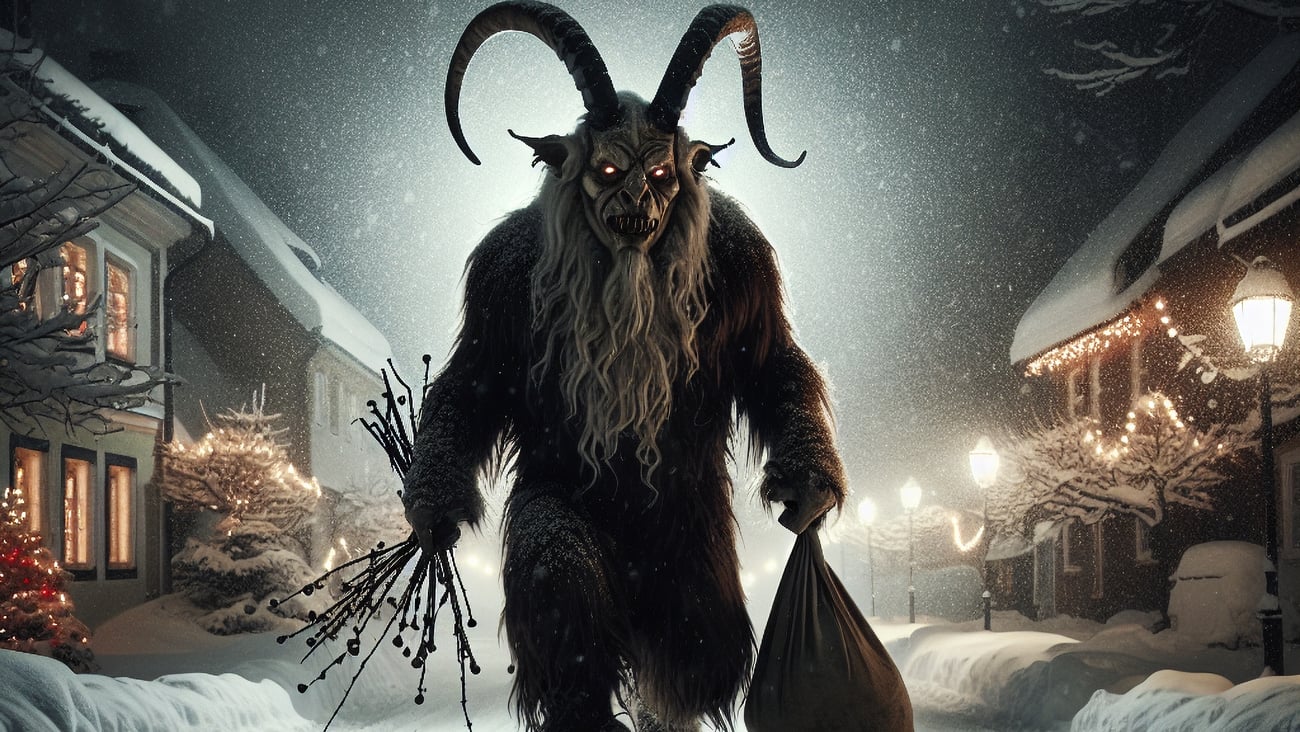Three promotional 'monsters' to watch out for this Halloween
When designing your promotional strategy, there are some goblins and gremlins you want to keep out of the mix.
Every year at Halloween time, I like to publish a seasonally themed column about the figurative monsters that loom in the dark corners of retail technology initiatives. In that spirit of fall holiday fun, this year I’m turning my eyeballs to some of the "evil spirits" retailers need to exorcise from promotional efforts.
Vampires – Promotions that suck profits
A properly developed promotional offer will reduce prices or offer free items in a way that still results in a net profit for the retailer, such as by driving a larger total basket, converting an otherwise lost, clearing overstock, or creating long-term customer loyalty.
However, retailer marketers and merchandisers must beware of nasty creatures lurking the shadows – vampire promotions that serve no purpose other than to suck valuable profits out of the bottom line.
These vampires provide customers discounts or free offers on products their behavior shows they faithfully buy on a regular basis. The sale was going to happen with or without the deal, so it simply feeds on profit margins, threatening to turn them into lifeless husks.
To banish vampire promotions back to the netherworld, make sure you have up-to-date purchase and behavioral data on your customers, across all channels. And to turn them from vampires into a force for good, consider taking those guaranteed purchases and offering up-sells, cross-sells or trial offers of complementary products.
The Invisible Man – Promotions that lurk over your shoulder or pop up everywhere
Promotional offers should be highly targeted and personalized, but not too individually designed. In addition, an offer that appears online or in-store as a customer needs it is convenient, but not when those discounts appear in a continuing flurry.
These "Invisible Man" promotions give shoppers the sense that some malevolent ethereal being is watching them unseen, observing their every move both while shopping and in their daily life. There are different methods to track individual customer behavior on- and offline and emerging technologies like generative AI are making predictive algorithms frighteningly accurate.
But resist the urge to tailor a promotion to something a customer did when they wouldn’t expect you to be observing them. Also, it’s okay to offer a few individualized discounts based on activities like removing a product from a shelf or adding it to an online cart, but it’s better to miss an opportunity or two than to send one or two too many time- and location-sensitive promotions.
Usually, the Invisible Man winds up foiled when someone throws paint on him – don’t give customers the urge to do that to your brand.
Zombies – Promotions that are out-of-date or brainless
A cousin to the vampire promotion is the zombie promotion. Zombies are the reanimated bodies of dead people that rise from the grave and mindlessly wander the earth, causing tremendous inconvenience.
While vampire promotions provide a discount that isn’t needed, zombie promotions offer deals that either no longer make sense or never made sense to begin with. Examples include a coupon for a discount on baby food for parents of a child that just turned 6, or a deal on beef for someone whose grocery basket clearly suggests they are a pescetarian.
As with vampire promotions, properly maintaining customer data is critical to keeping zombies in their graves where they belong. But they also require particular attention to the passage of time in a customer’s life, as well as close scrutiny of bad data or AI hallucinations that can lead to a “targeted” discount that bears no relevance to a shopper’s life at all.
Have a happy, safe and profitable Halloween!
[READ MORE: NRF: Halloween spending to hit $11.6 billion, most popular costumes are...]







